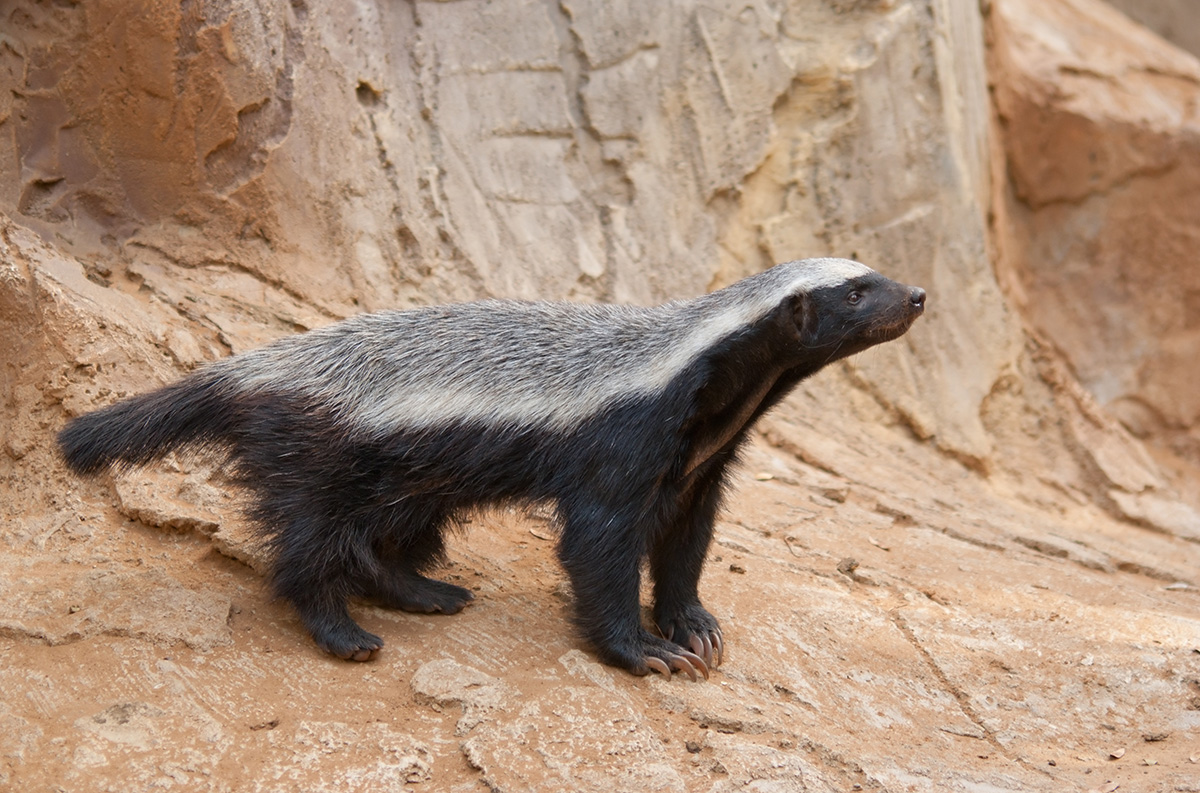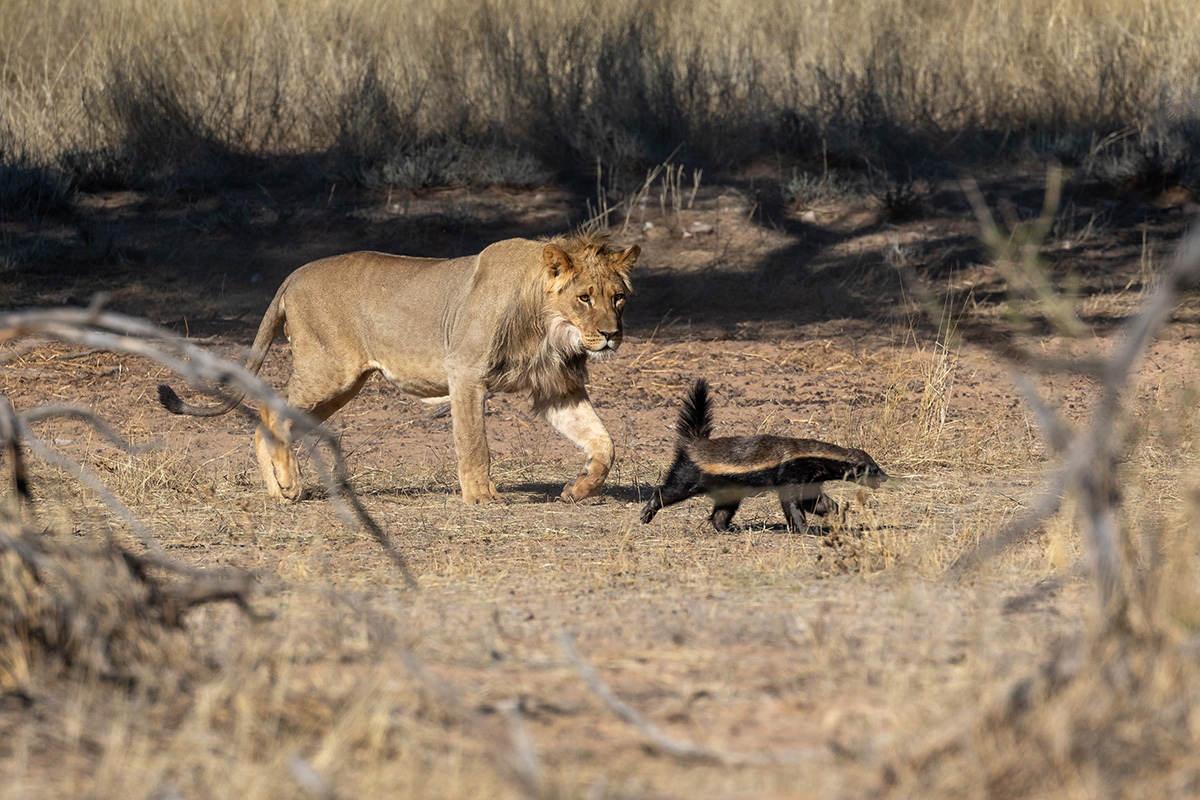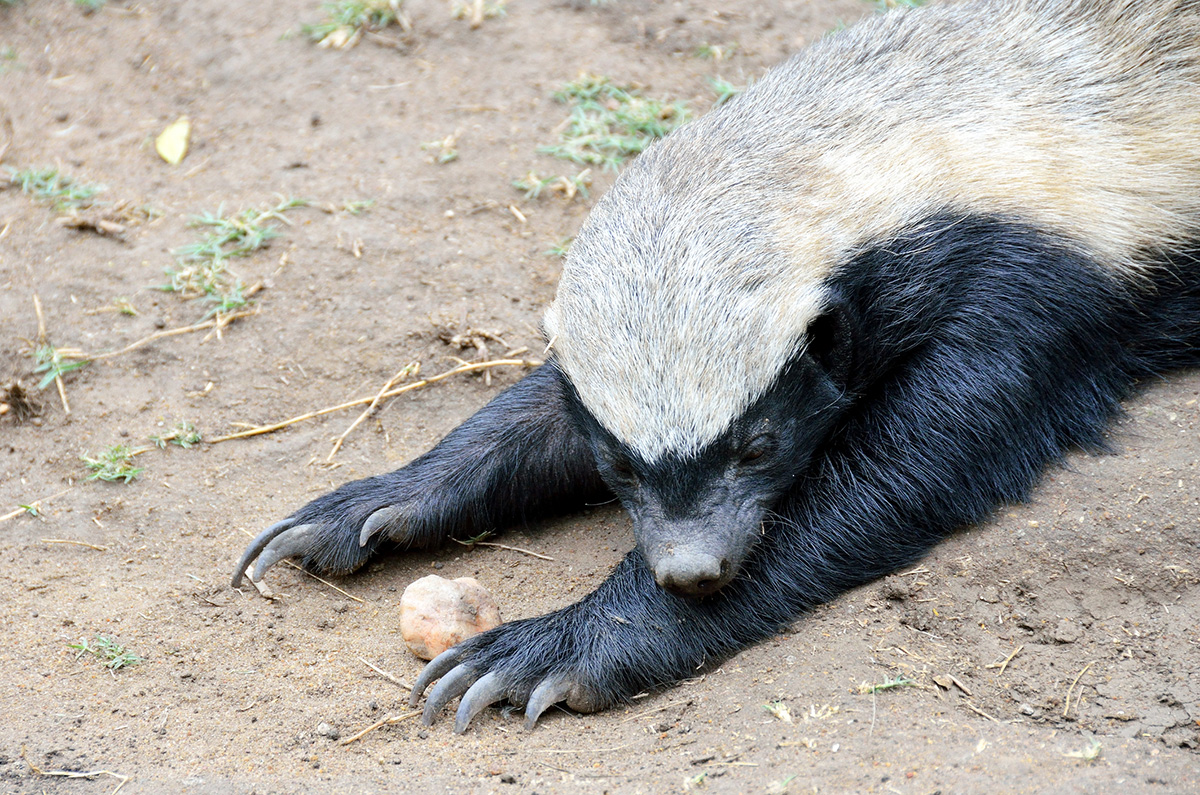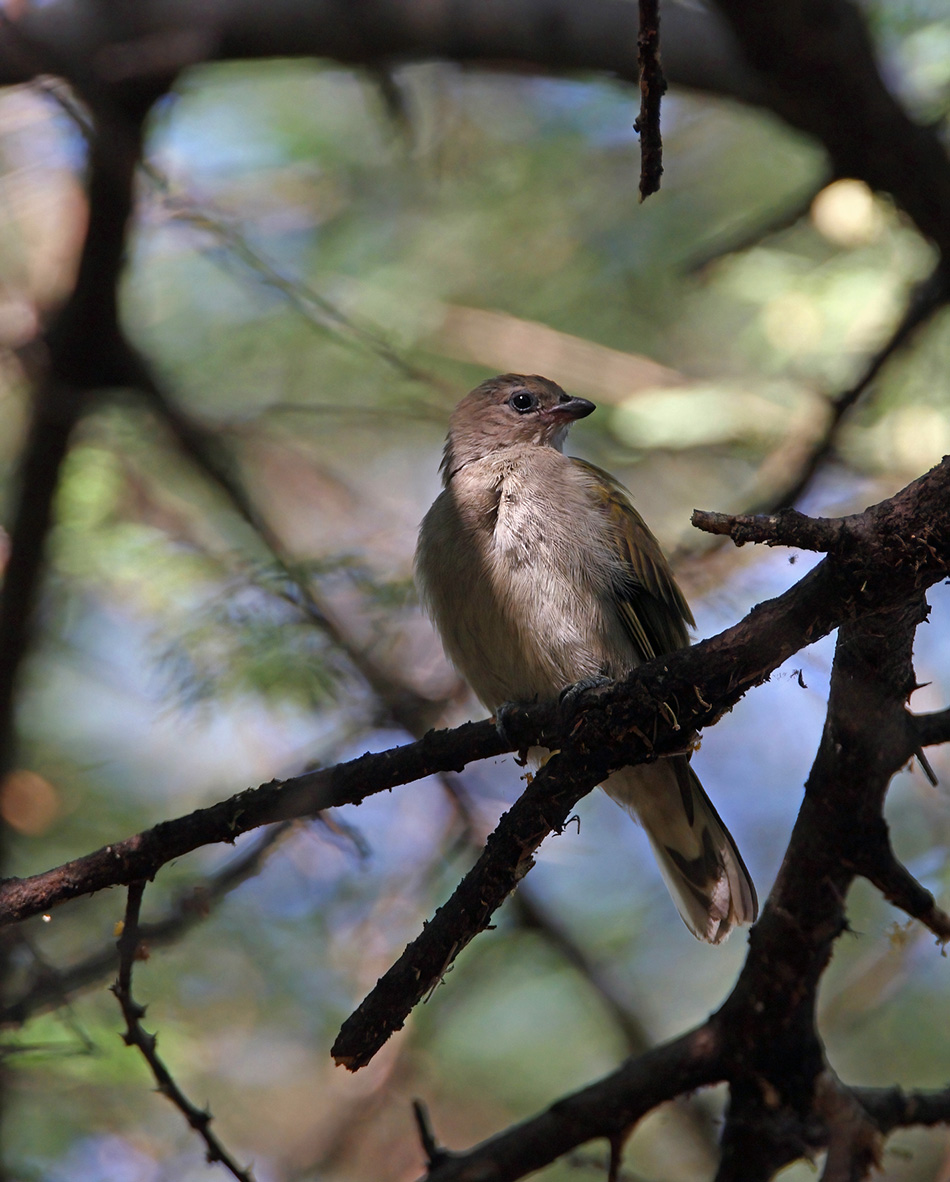Honey badgers may look cute with their ferret-like appearance, but they are anything but docile. Also known as ratels—a name derived from the Dutch word for “honeycomb”—these creatures weigh around 20 pounds and exhibit fierce behavior, especially when threatened. Their sharp claws are not something you want to encounter up close!
Contrary to what you might see in viral videos, honey badgers are fascinating and intelligent animals that play a crucial role in the Serengeti’s ecosystem. While you might not spot them during daytime safari excursions, you may hear their distant calls at camp or catch a quick glimpse during nighttime drives. To enrich your understanding of these remarkable creatures, we’ve gathered some intriguing facts about honey badgers—just make sure to keep a safe distance!
Though they belong to the same family, honey badgers are more closely related to weasels than to other badgers.
Honey badgers are the only members of their genus, Mellivora. As mustelids, they are relatives of ferrets, otters, martens, polecats, wolverines, and other badgers. Similar to another notable black-and-white creature, they possess a potent defensive mechanism—while they don’t spray like skunks, they can release a foul-smelling “bomb,” making it wise to keep your distance!
Although they are known for their love of honey, honey badgers are omnivores.
As opportunistic feeders, honey badgers will consume just about anything that is edible and easily accessible, including honeycomb, larvae, eggs, birds, lizards, and snakes. Their diet also includes various plant materials like roots, bulbs, and fallen fruits.
Honey badgers have remarkably large brains in proportion to their bodies.
While not large compared to other mammals, their brain size is significant for their small stature. This enhanced cognitive ability aids them in digging elaborate tunnels, navigating obstacles, and performing other impressive tasks in their quest for food.

Their skin is incredibly thick for such a small animal.
Honey badger skin, which is roughly a quarter-inch thick and quite loose beneath their coarse fur, offers substantial protection. This loose fit enables them to maneuver and counterattack when faced with larger predators. Their robust skin is resistant to bee and scorpion stings, snake bites, and slashes from larger animals. Additionally, honey badgers display notable immunity to most venoms, providing an advantage when they forage for honey and hunt pythons.
Honey badgers encounter very few natural predators.
While they may fall prey to some pythons or leopards, this is not well-documented. Their resilience lies in their tough skin, which is difficult for larger predators to get through. Reports indicate that honey badgers are capable of challenging much larger animals over food and fiercely defend their burrows, often intimidating lions, jackals, and hyenas when threatened. The Guinness Book of World Records even recognizes honey badgers as the “most fearless animal on Earth.”
 A juvenile lion learning a valuable lesson: don’t mess with honey badgers!
A juvenile lion learning a valuable lesson: don’t mess with honey badgers!
Their claws serve as excellent climbing tools.
The honey badger’s formidable front claws are among its most valuable assets. They aid not only in capturing prey and digging but also in climbing various terrains, allowing these creatures to effectively utilize their intelligence in their search for food. Their thick and sharp claws provide excellent traction on slippery ground, enabling them to open beehives and even unlatch gates at farms to raid chicken coops.

Honey badgers are known tool users as well.
Resourceful creatures, honey badgers are more than just fierce predators; they also use their environment to their advantage. They have been observed utilizing scavenged logs to scale obstacles, moving them around to create makeshift bridges for easier access to food. Truly, they are motivated by their quest for sustenance!
Honey badgers don’t rely on honeyguide birds to find honey—it’s humans who do!
It is a myth that honey badgers have a symbiotic relationship with honeyguide birds, whereby the birds supposedly lead badgers to honey hives, waiting to feast on the leftovers. This interaction has rarely been, if ever, observed in the wild. In reality, it is humans who follow honeyguides to find beehives in the Serengeti.
 Lesser honeyguide bird
Lesser honeyguide bird
You won’t need to camp near a beehive or excavate burrows to encounter honey badgers while on safari with Thomson. If you do see one, it will be from the safety and comfort of your vehicle. Honey badgers are just one of the many extraordinary (and sometimes peculiar) animals that inhabit the Serengeti, making the plains one of the most captivating ecosystems on Earth.



